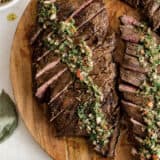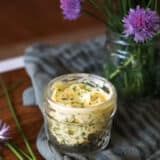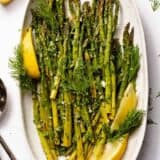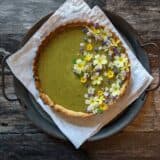63 Easy Beltane Recipes Everyone Will Love
From bannock and caudle to mint ice cream, this list has it all.
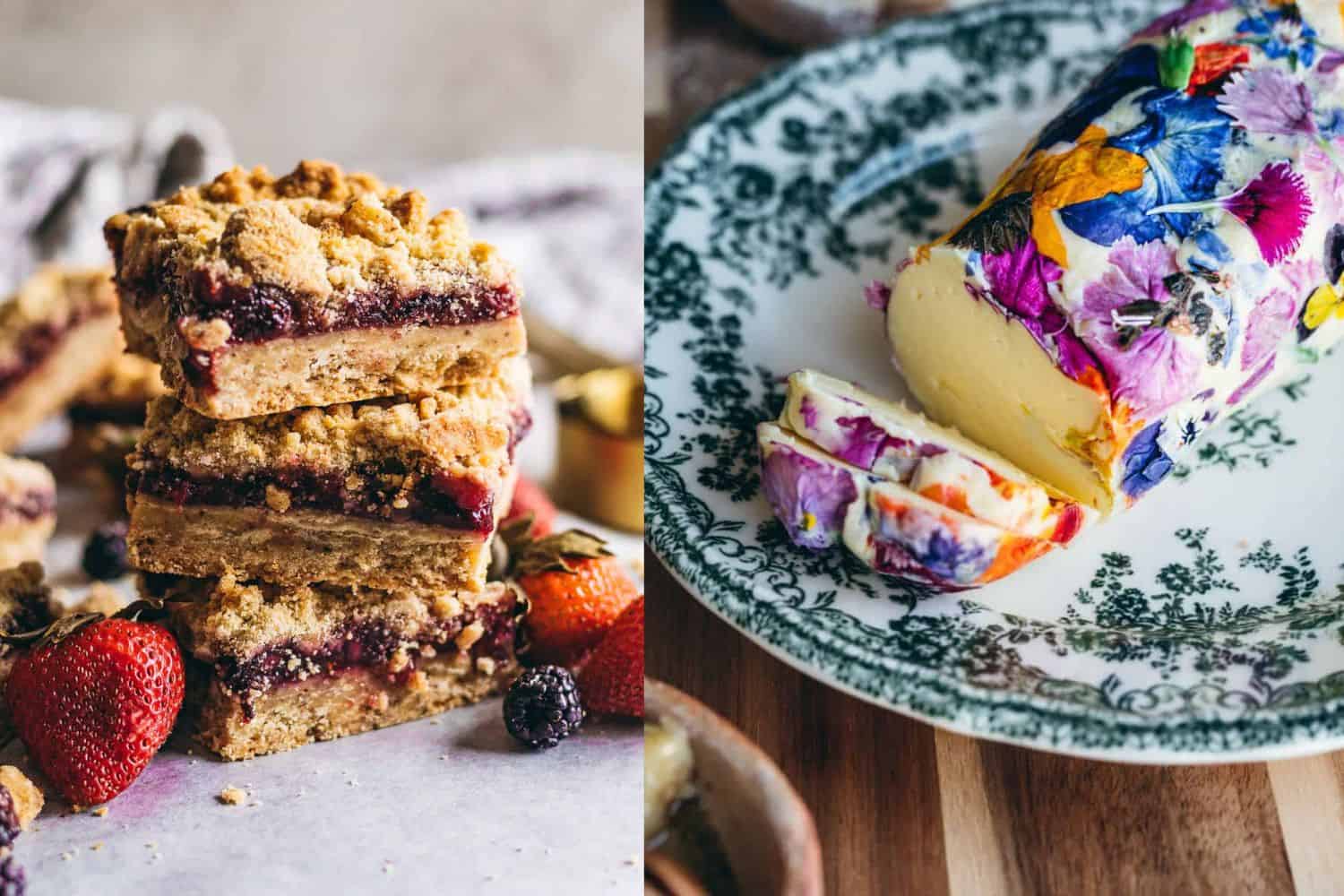
As an Amazon Associate we earn from qualifying purchases. This post may contain affiliate links from Amazon and other sites that we collect a share of sales from. You may learn more here.
The cross-quarter pagan holiday of Beltane happens every year on May 1st in the Northern Hemisphere. To celebrate the greater sabbat that marks the beginning of summer, you can light a bonfire, decorate your altar, dance around a maypole, frolic in the woods, or make one of these delicious recipes. Or, all of the above.
There are also many traditional Beltane recipes and more modern ones that use the traditional foods. From grilled meats to red fruits and spring vegetables, here are all sorts of recipes to try as part of this year’s holiday.
What Is Beltane?
Beltane is the Celtic pagan holiday that honors the coming of summer. Beltane (pronounced Bel-tain) means “bright fire” and refers to the god Belenus, who protected herds of cattle and offered healing and light to the ancient Celts.
For some pagans, it’s also the time of year when the God and Goddess are equal in power and when the masculine and feminine energies are united. The holiday celebrates their union through traditions such as fertility rites, fire festivals, handfasting, flower gathering, and dancing around the maypole. It’s a holiday that very intentionally honors both masculine and feminine energies.
What Are the Traditional Beltane Recipes?
Foods symbolizing the sun, the warm season, and fertility are all welcome during Beltane celebrations.
Bannock cakes are one of the most traditional Beltane recipes. The cakes are similar to scones, but baked in fire and best enjoyed with honey. In the Scottish Highlands, Thomas Pennant wrote in his book a Tour of Scotland that they baked a nine-knob scalloped bannock. As they passed it around the group, they would tear off a knob and toss it over their shoulder to wish for a successful harvest or the health of their livestock.
https://www.instagram.com/p/B_q8_D7n3Ve/
Another traditional Beltane recipe is the caudle, which is a type of custard. Some of it would be poured on the ground as an offering, and the rest enjoyed during the bonfire.
The site Taris notes that the Beltane caudle, “was made with eggs, milk, oatmeal, alcohol and sugar and spices – ingredients that either represented staples of the diet that people were concerned with ensuring an abundance of in the future, as the first three ingredients would have been, or else they represented more luxury items that were mainly consumed by the wealthy, like the sugar…This implies that it was used to ensure future prosperity and abundance of both the essentials and the luxuries in life.”
https://www.instagram.com/p/Bh1szLTgUWb/
Some traditional foods of Beltane include:
- Bannock bread
- Caudle
- Goat
- Beef
- Butter
- Milk
- Oatcakes
- Honey
- Mead
- Mint
- Grilled foods
- Seasonal herbs
- Spring vegetables
- Red fruits
Beltane Recipes
1. Bannock Bread

2. Caudle

3. Butter
- Chive Butter
- Garlic Butter Sauce
- Cinnamon Butter
- Floral Compound Butter
- Brown Butter Mixed Berry Crumble Bars

4. Milk

5. Goat

6. Beef
- Flank Steak Marinade
- Pepper-Crusted Roast Beef
- Wagyu Beef Cheeseburger
- Habanero Beef Jerky
- Slow Cooker Beef and Noodles
- Grilled Tomahawk Steak
- Instant Pot Beef Stew
- Roast Beef Tenderloin with Horseradish Sauce

7. Mint

8. Seasonal Vegetables and Herbs
- Roasted Radishes
- Lemon Herb Roasted Asparagus
- Ivy and Crow Garlic Cheese Rolls
- Veggie Pesto Pasta with Zucchini and Asparagus
- Instant Pot Garlic Mashed Potatoes
- Air Fryer Artichokes
- Grilled Vegetable Salad
- Wild Garlic Potato Soup
- Wild Ramp Pesto
- Lemon Nettle Tart
- Homemade Pesto
- Parsley Fritters

9. Honey Desserts and Oatcakes
- Scottish Oatcakes
- Honey Cake
- Ginger Honey Cake
- Honey Butter Biscuits
- Honey Scones
- Honey Lavender Cookies
- Honey Donuts
- Honey Cherry Crumble Cake

10. Red Fruits
- Strawberry Rhubarb Galette
- Strawberry Cupcakes with Vanilla Frosting
- Cherry Pie Bars
- Vegan Cherry Cheesecake
- Cucumber Strawberry Salad
- Easy Raspberry Sauce
- Easy Cherry Sauce
- Frozen Cherry Overnight Oats
- Raspberry Shortcake Popsicles
- Cranachan Trifle
- Strawberry Pie
- Strawberry Mead
- Bourbon Cherry Cocktail




